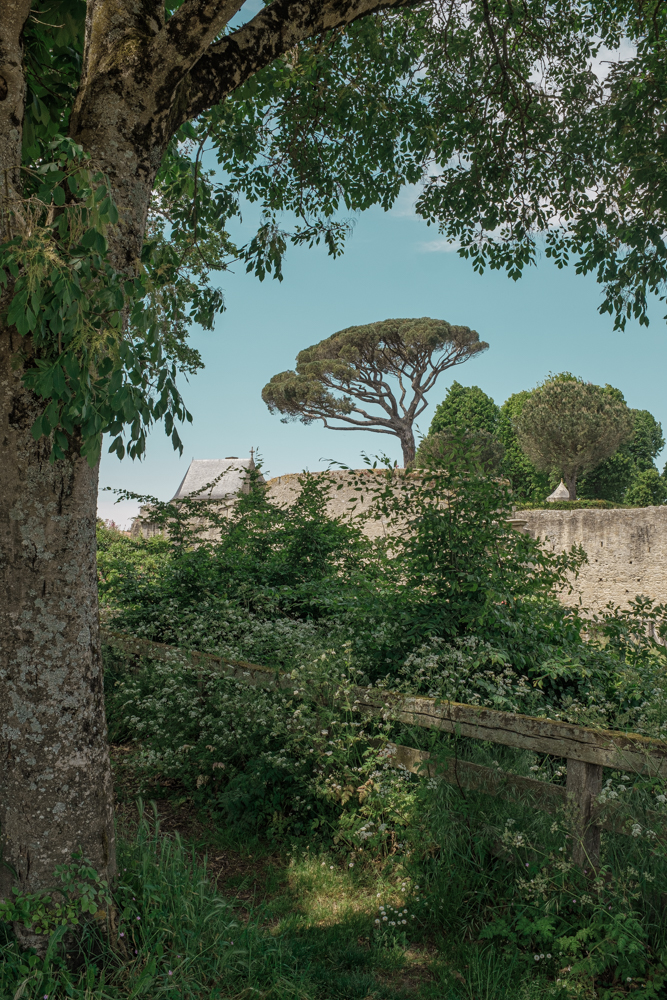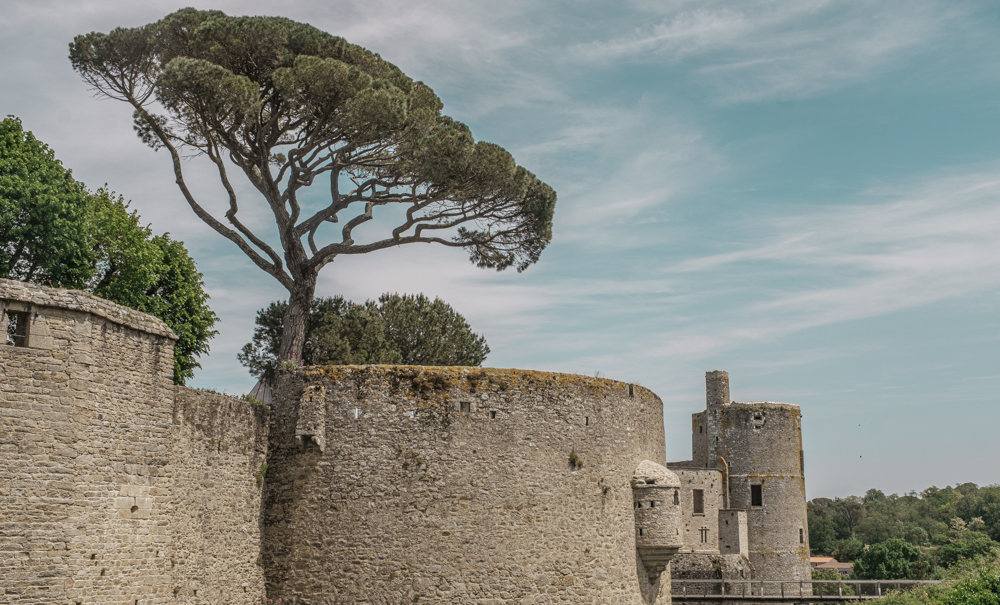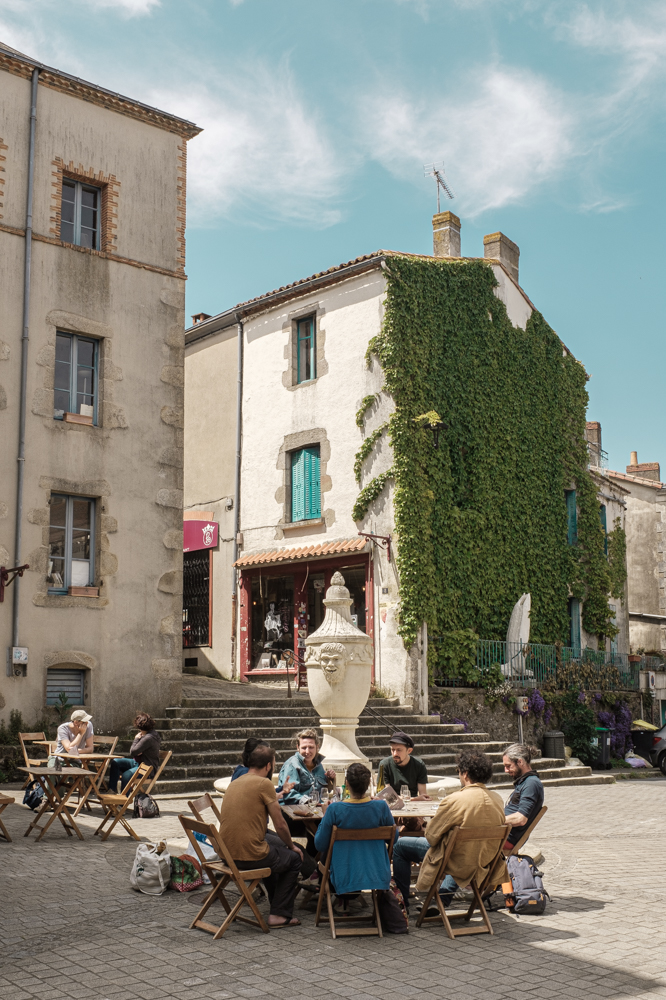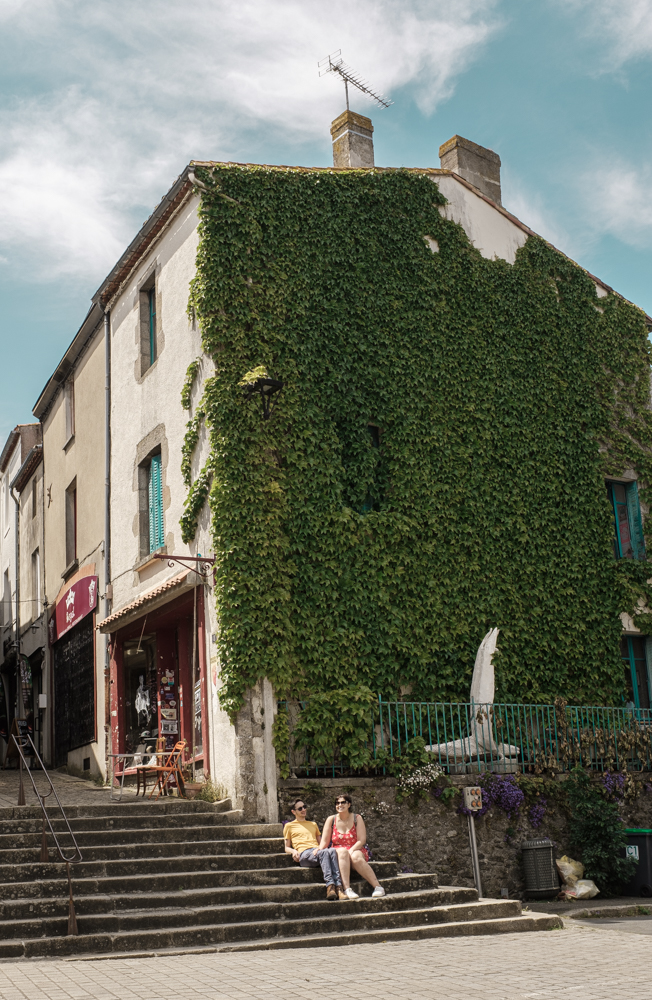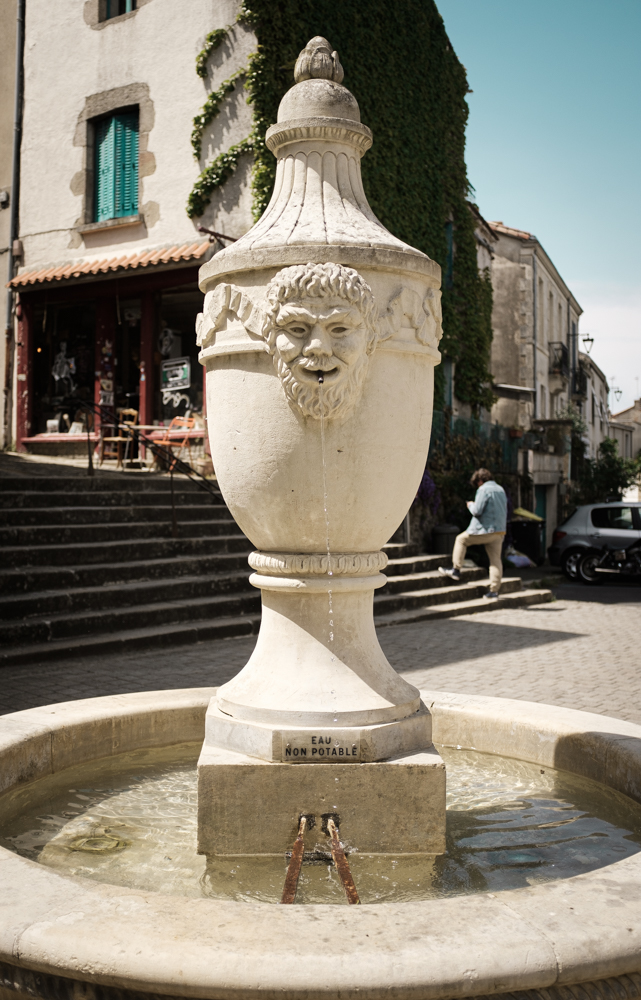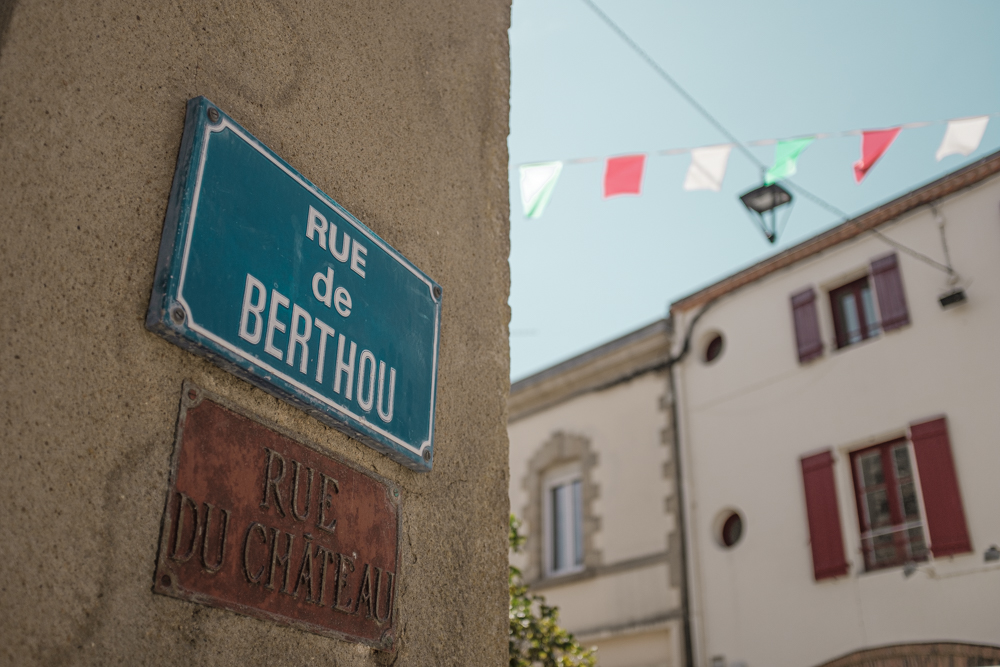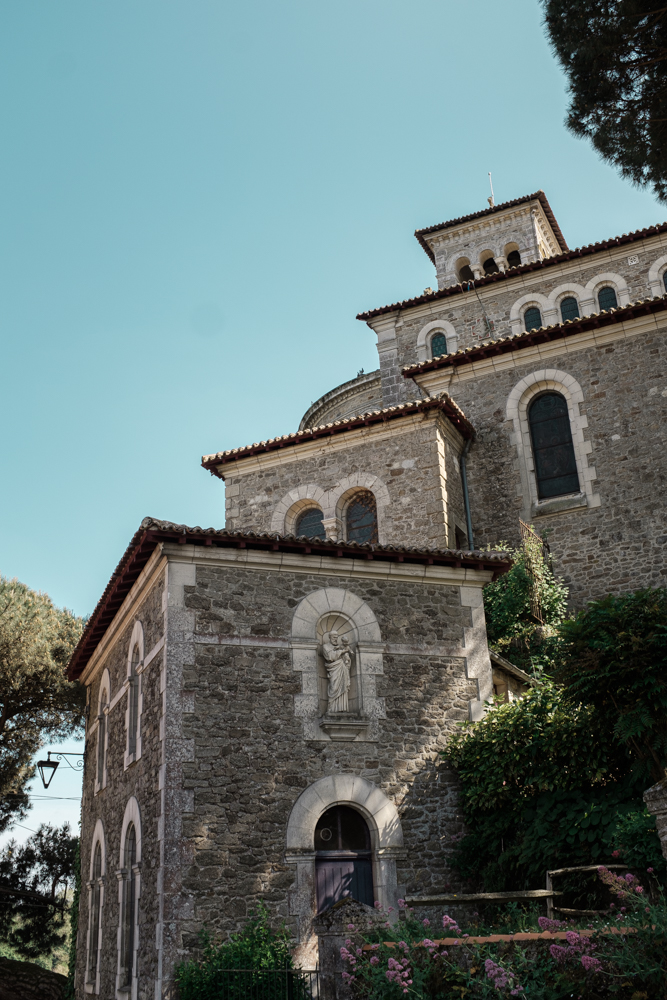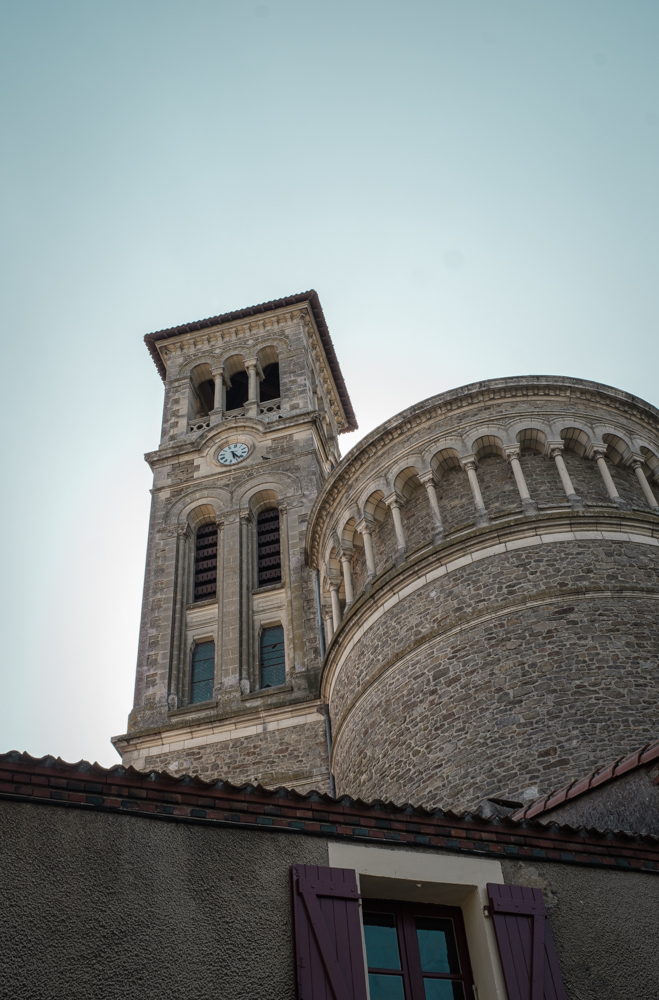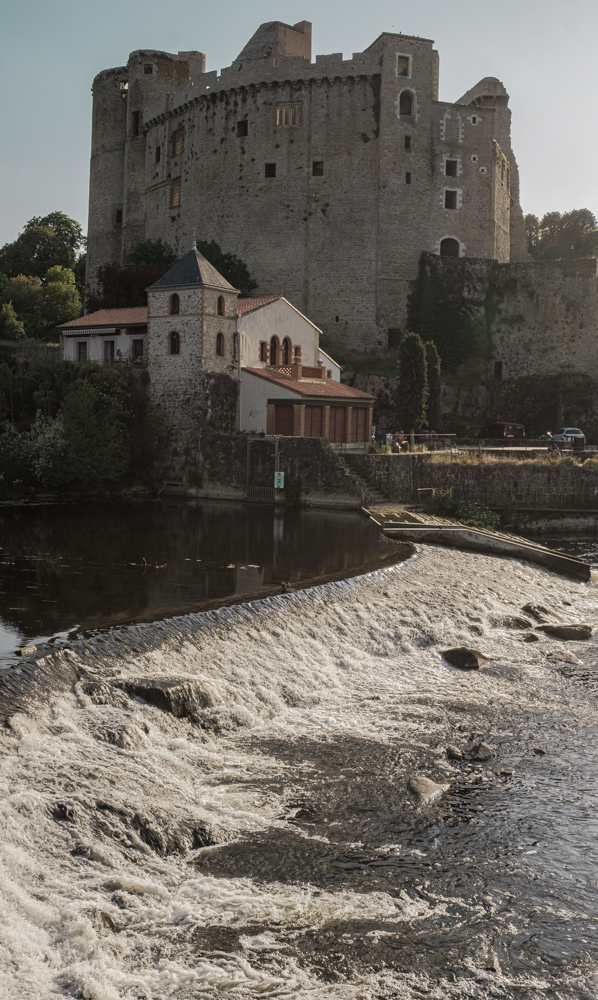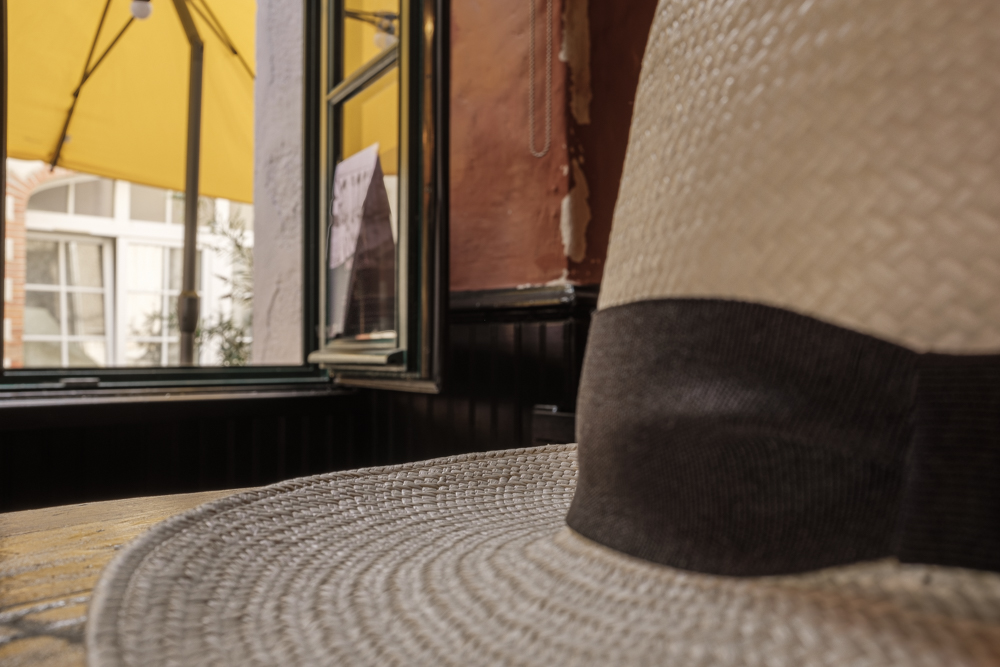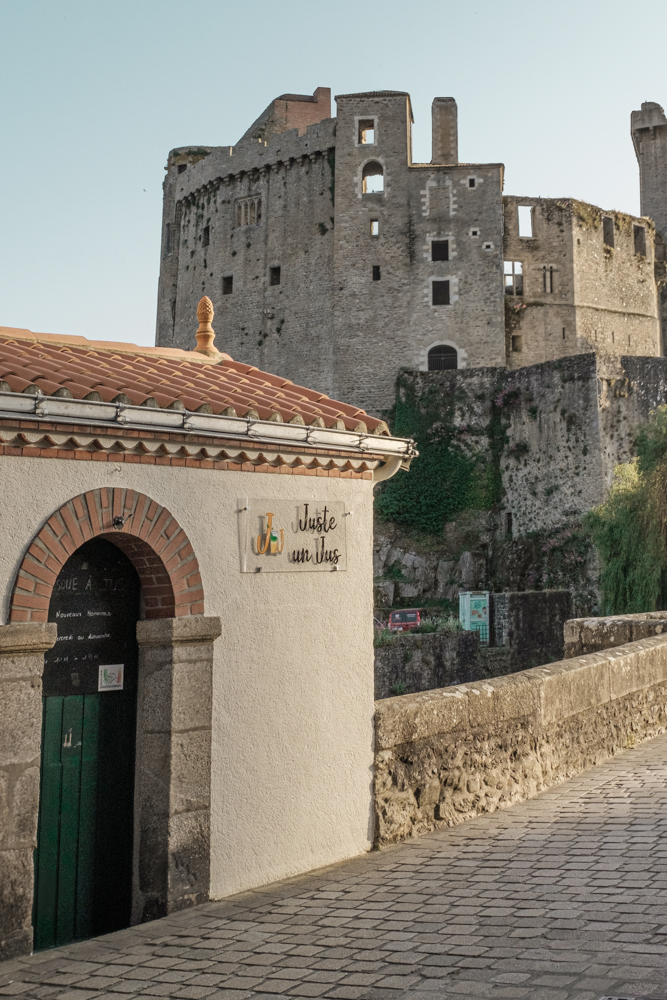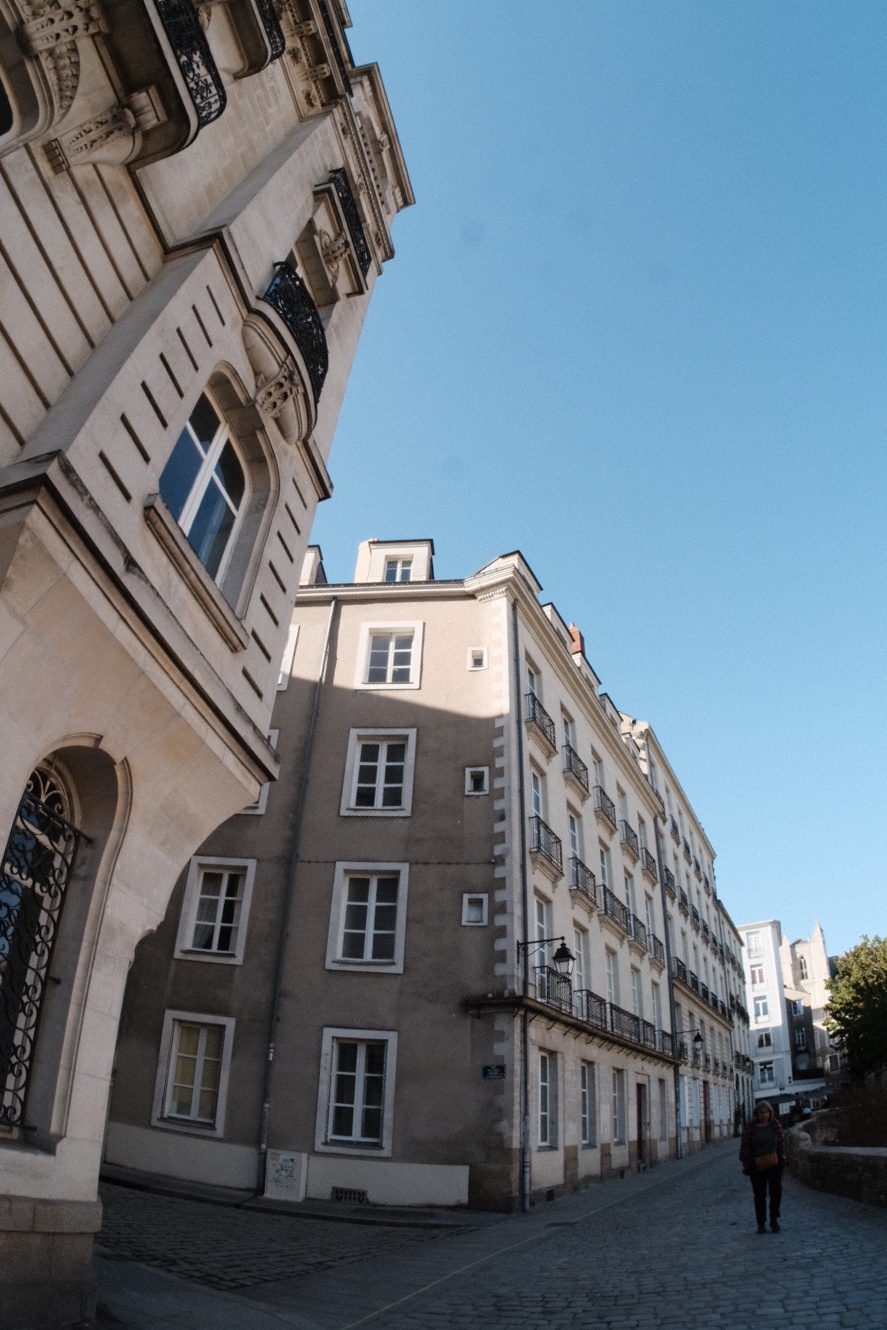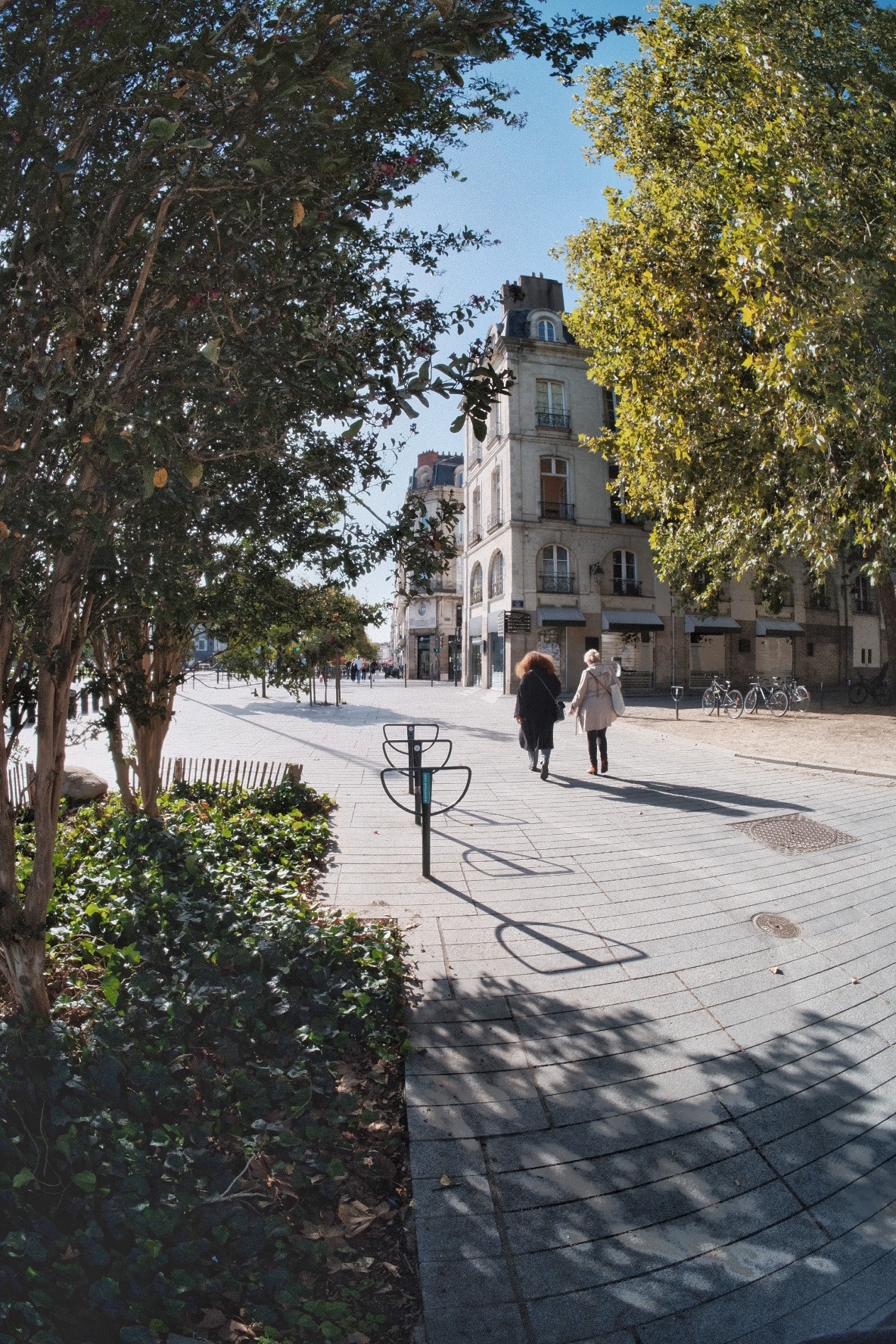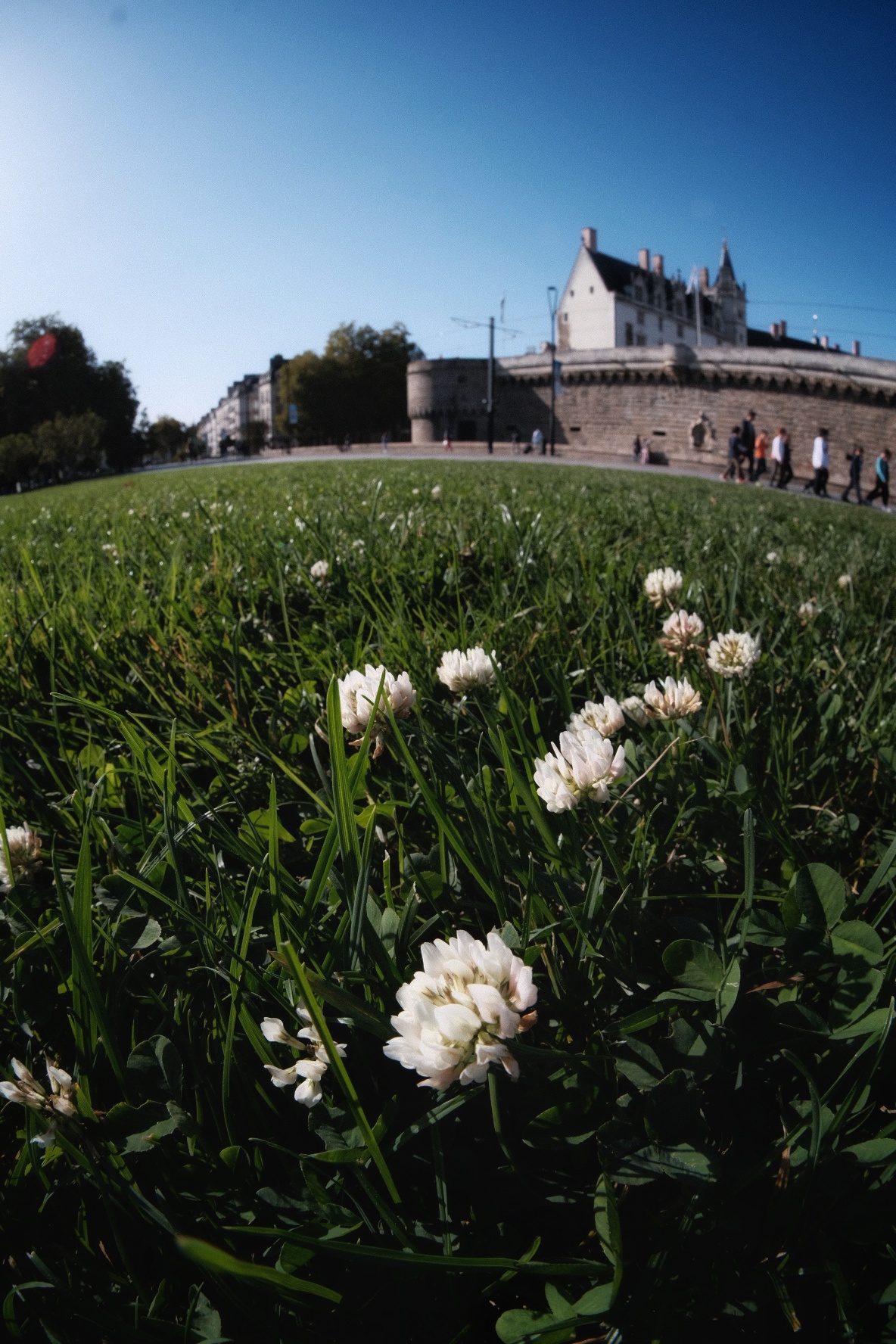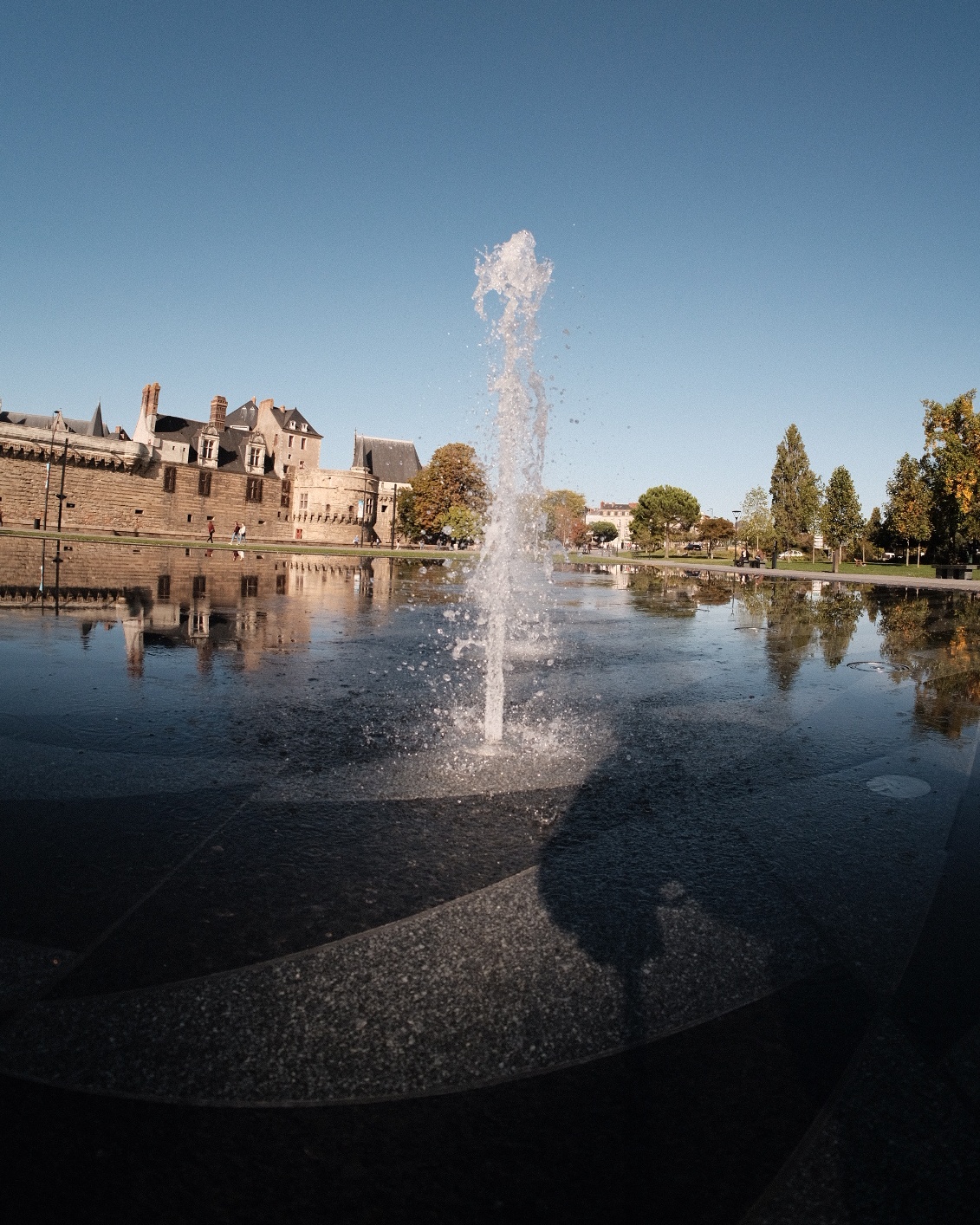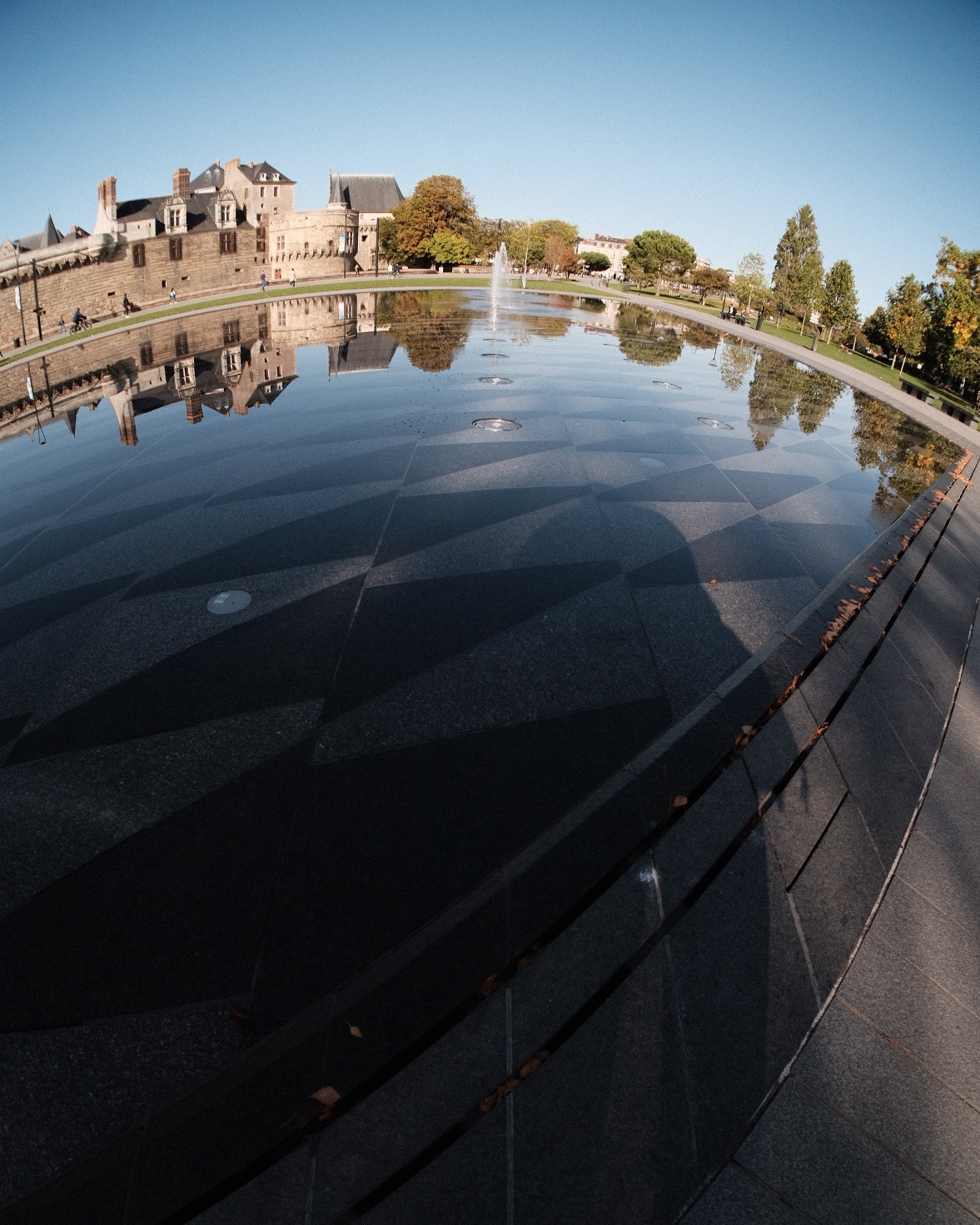To start with, I’d planned on going to one of the Loire Valley castles yesterday, but due to brain fog I thought it better to just go to bed. So I did. This morning there was no sign of fog, outside or in my brain.
I thought I would go to the Chateau de Plessis Bourée as I do like a drink, and bourée means drunk in French. I do have a family reputation as a drinker to keep up. So off I went. It’s a beautiful place and that day it was a very beautiful place, but also a very shut beautiful place. It seems the Plan B will have to do, which is the Chateau de Plessis Macé, which is slightly more sober. Boring…
I’m actually writing this in the car as I wanted to get that drinking joke out of my mind and onto paper, or screen…
All I have to do now is to drive 19km and I’ll be at party pooper castle! It had bloody well be open or I’ll be very upset and have to go straight to the pub. And with all these new restrictions means I have to get a couple in before chucking out time at 10pm. It sounds like English pubs on a Sunday when I was growing up.
Right off I go. Talk to you later Dear Reader.
I have arrived in one piece and I assume that the Plessis Bourée was nursing a hangover after a particularly good night earning its name once again. Macé looks slightly more open, or at worse, less shut. We shall see! The excitement is killing you isn’t it. Seated there on the edge of your seat wondering if I’ll be successful on this trip. It is with trepidation that I shall open the car door. Maybe more with the handle…. poor trepidation.
I decided against taking the guided tour. I did the “visite libre” and handed over my name, phone number etc. in case of Covid contact. Therefore, as the cheap skate that I am, I only visited the outsides. I still managed to get a couple of nice photos and was able to visit the Chapel.
I’ll put up the boring stuff like links etc., addresses, prices when I finish the article later on. For the moment, you’ll have to do with this!
Now for the boring stuff, or maybe even interesting stuff, depending on whether or not you enjoy history. A Plessis is a fort built on a hill surrounded by bushes as a defence, and the word Macé comes the Latin word for Mathew, Mattheus. The original fort was built in the 11th century buy Raynaud the first and was a wooden tower, in the 12th century the wood was replaced by stone. It always pays to invest in construction. It defended Angers from the Dukes of Brittany. We nicked it during the Hundred Year’s War, as it was pretty much abandoned. It also allowed us a little pied-à-terre from which to nick local natural resources. This is wine country and who doesn’t like a drink eh? We were mercilessly pushed out of France, and the Plessis was taken over by Louis de Beaumont who built the castle that we see today. 1678, the Castle is bought by the Bautrau de Serrant family, and in 1749 by the Walsh family (which doesn’t sound very French to me, just saying). In 1868 the Countess Sophie Walsh de Serrant (OK so maybe they were French after all), took up residence in the Castle and launched a huge construction project in the actual Logis. 1907, the Archives de France director, Charles Victor Langlois (Charles Victor the Englishman, Langlois is the medieval French for Englishman, oh the irony) acquired the Castle. As in most of France during the Second World War, the Germans occupied the Castle, as they did the rest of France. Yes, there’s something Vichy about the French, as Noel Coward once said. 1967 Philippe Langlois-Berthelot gifted the Castle to the Maine et Loire Department, possibly to avoid paying taxes (again, nothing sure, but follow the money…). 1980 the “Commons” builing was renovated as function rooms. You have to make money somehow, and who wouldn’t to have a reception in a beautiful castle? 1987, the artistic director of the Anjou Festival, Jean-Claude Brialy, a French and very butch luvvie, presented the infamous Barber of Seville by Beaumarchais. Skip forward to 2020, the photographer Ian J Myers visited the Castle because the other one he wanted to visit was shut, and he was buggered if he was going to leave the area without taking a couple of photos for posterity and his blog!
You, Dear Reader are now up to date. All that is left for me to do is to edit the photos and present them to you. I had originally planned to visit a few of the Loire Castles but then Lockdown happened, again! I’ll change plans and see what I come up with for future articles!













